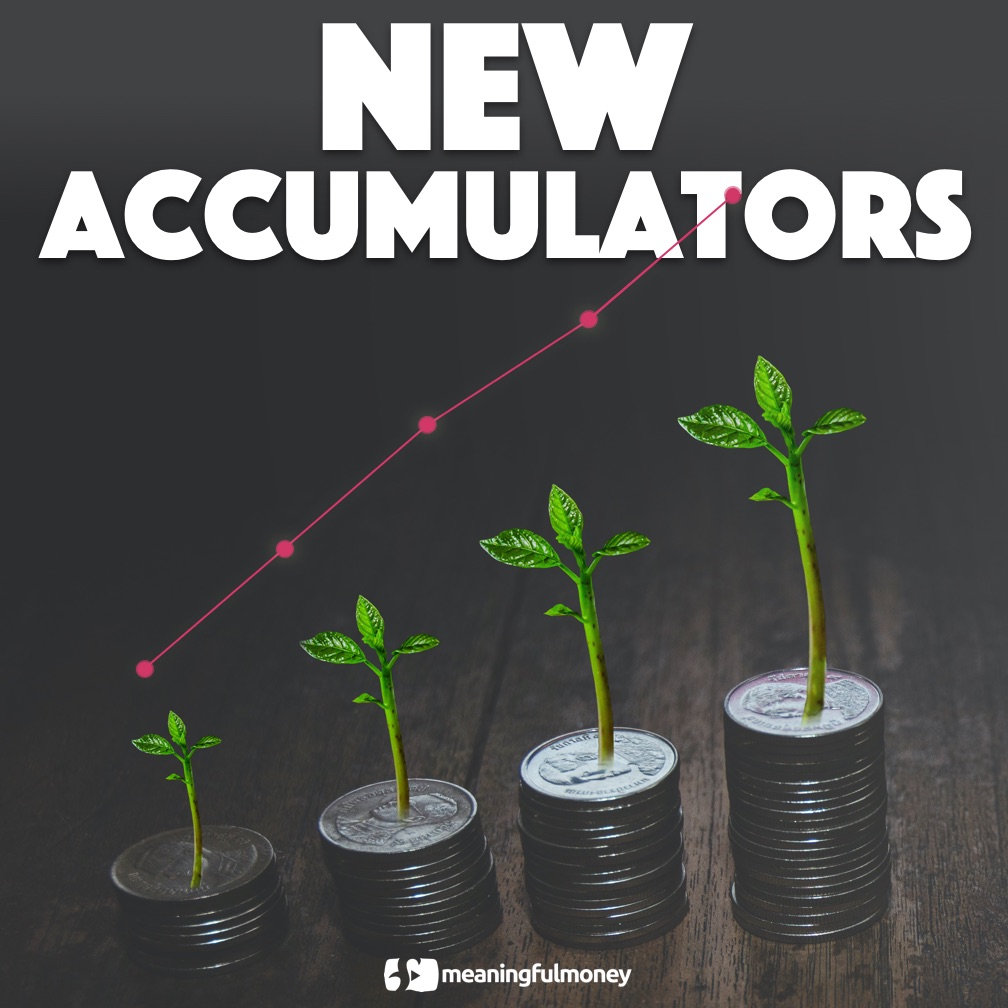 As well as the three main types of asset we’ve covered in the last few blogs, there are some other kinds of assets you can also consider.
As well as the three main types of asset we’ve covered in the last few blogs, there are some other kinds of assets you can also consider.
Commodities
Commodities are materials which humans consume, and this asset class takes in everything from gold, silver and other metals, to ‘soft’ commodities like wheat and sugar, to fuels like oil and gas.
A crucial thing to understand with commodities is that they don’t produce an income. A bar of gold doesn’t throw off gold dust as interest. It just sits there, inert, and its value is dependent entirely on the whims of the market – back to supply and demand again.
Commodities are generally very volatile – don’t be surprised to see the value halve or double in fairly short time frames. They behave differently to the other asset classes and as such are usually used as a diversifier.
Other Asset Classes
Firstly, we have private equity, which usually involves buying shares in companies whose sole mission is to buy and sell other companies. In a healthy economy this is a fairly buoyant asset class, but can be volatile. It’s often part of start-up companies too, who need capital to build on their great idea. You can gain or lose a lot of money in that asset class.
Next up is infrastructure. This usually involves buying shares in companies who benefit from the relentless march of development around the world. There are always roads, bridges, airports and mobile phone networks being built or upgraded around the world, and this asset class seeks to benefit from this.
Hedge funds are another asset class, which involves the investor buying shares in such funds, which use mechanisms to benefit from declining share prices. The mechanism is simple enough: If I think that shares in company A are going to fall in value, and can ask someone who owns those shares to lend them to me, for which I’ll pay them a fee. I then sell their shares on the stock market and pocket the cash.
When the share price falls, I can re-buy the same number of shares, now at a lower price and give them back to the person I borrowed them from. I get to keep the difference in the value that I sold and re-bought them at.
Of course, if I’m wrong and the share price rises, I have to spend more money to buy them back so I can give them back to the person I borrowed them from, so I’m out of pocket. Hedge funds essentially bet on market falls – risky but useful in a falling market.
Missed the previous post or ready for the next one?


Leave a Reply